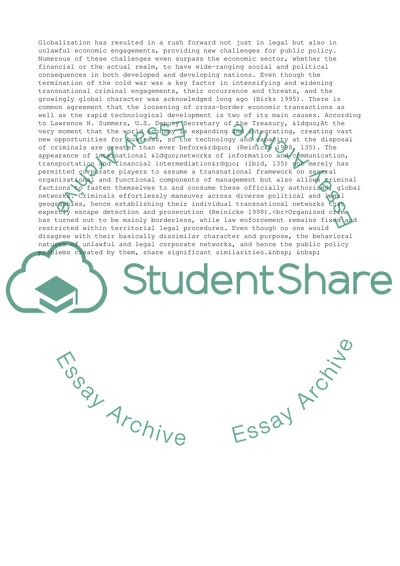Cite this document
(Global Public Policy and the Case of Money Laundering Term Paper, n.d.)
Global Public Policy and the Case of Money Laundering Term Paper. Retrieved from https://studentshare.org/business/1719751-globalization-international-business
Global Public Policy and the Case of Money Laundering Term Paper. Retrieved from https://studentshare.org/business/1719751-globalization-international-business
(Global Public Policy and the Case of Money Laundering Term Paper)
Global Public Policy and the Case of Money Laundering Term Paper. https://studentshare.org/business/1719751-globalization-international-business.
Global Public Policy and the Case of Money Laundering Term Paper. https://studentshare.org/business/1719751-globalization-international-business.
“Global Public Policy and the Case of Money Laundering Term Paper”, n.d. https://studentshare.org/business/1719751-globalization-international-business.


